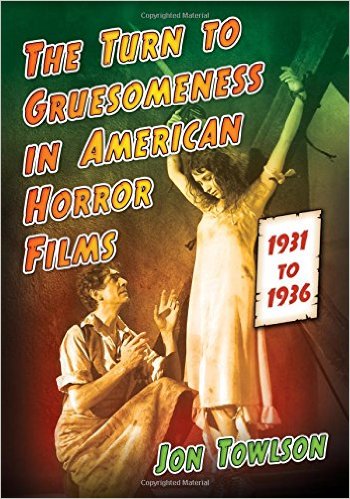 Robert Florey
Robert Florey
Born Sept. 14, 1900 – Died May 16th, 1979
Director Florey is almost as famous famous for the movie he DIDN’T direct as much as the ones he did. He was the one that brought the idea of doing Frankenstein as a follow up to Dracula (1931), as well as H.G. Wells’ The Invisible Man and Edgar Allan Poe’s Murders in the Rue Morgue. He was attached at one time to do Shelley’s novel but after a failed screen test with Bela Lugosi, he was dropped from the project, giving him Poe’s Murders to do instead. Florey apparently didn’t read his contract close enough because when he thought he was going to do Frankenstein, his contract said that he would direct “a picture”, not a specific one in particular. But many of the elements from his script would later be found in the final Whale picture.
He started working in Hollywood as a journalist, even working in the foreign publicity department for names like Douglas Fairbanks and Mary Pickford. He started directing in 1927, with the film One Hour of Love. In 1929, he directed The Cocoanuts, the very first Marx Brothers film.
Nonetheless, Florey would go on to give us a few great genre films, as well as working in just about every other genre out there. While not as much of a classic as Frankenstein, his adaptation of Murders in the Rue Morgue (1932), starring Bela Lugosi, is a perfect example of how they were really pushing the limited in the Pre-Code era. Florey would also direct Peter Lorre in two other well made titles, The Face Behind the Mask (1941) and The Beast with Five Fingers (1946).
Eventually, he would later move to working in television, where he stayed for several years.
He may be knowns as the guy who almost directed Frankenstein, but I think he could be very proud of his output, in the horror genre, as well as in genre. It is just up to us fans to make sure he is remembered.



